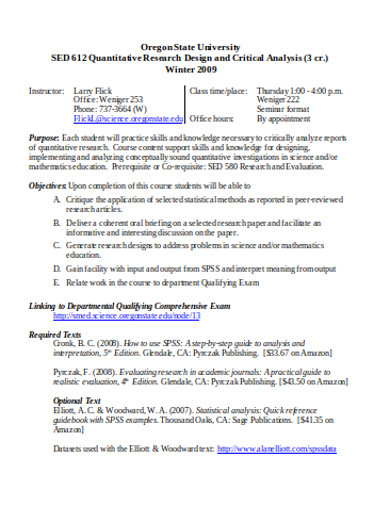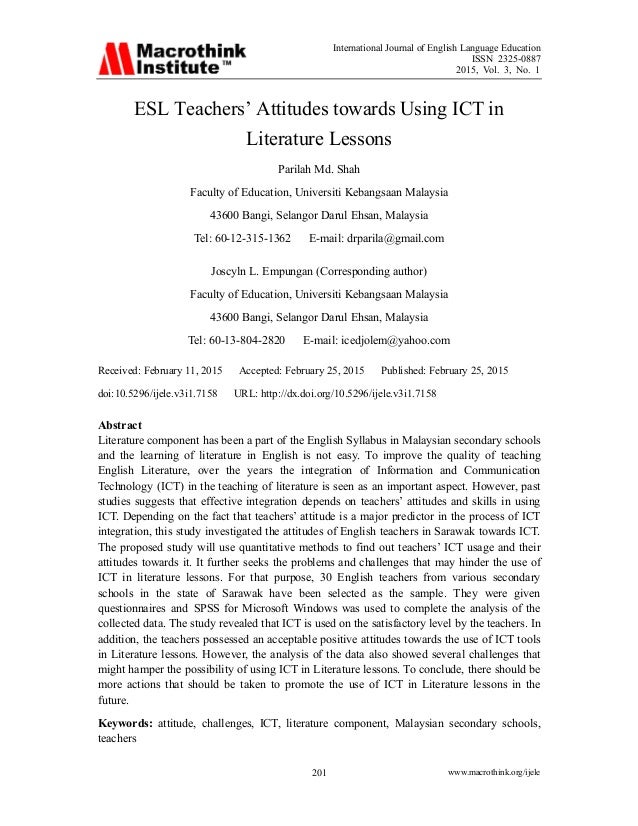What Is Research Design? 8 Types + Examples
Table Of Content

In contrast with qualitative research, which relies on subjective interpretations and extensive explorations, the various types of quantitative methods use objective analysis to reveal patterns and relations among data points that often have a numerical value. When we use quantitative research and gather numerical data, we can use statistical analysis to understand relationships between different variables. Here’s William Hudson, CEO of Syntagm with more on correlation and how we can apply tests such as Pearson’s r and Spearman Rank Coefficient to our data.

Characteristics of Quantitative Research
A willingness to pay (WTP) study aimed to determine the vehicle owner’s knowledge about air quality and attitude towards the government’s regulation of requiring emission testing every time the car’s registration is renewed. This investigation will provide information that will show how knowledgeable the respondents are about air quality and reveal patterns of behavior towards the government’s measures to control carbon emissions. Ethnographic design involves observing and studying a culture-sharing group of people in their natural setting to gain insight into their behaviours, beliefs, and values. The focus here is on observing participants in their natural environment (as opposed to a controlled environment). This typically involves the researcher spending an extended period of time with the participants in their environment, carefully observing and taking field notes.
C. Data Analysis Techniques
It involves identifying patterns and trends in the data, as well as any seasonal or cyclical variations. Clearly define each variable and its operational definitions (how they will be measured or observed). Develop hypotheses that state the expected relationships between variables based on existing theories or prior research. This helps you understand the current state of knowledge, identify gaps in the literature, and inform your research design. These are descriptive, correlational, causal-comparative, and experimental research.
(PDF) Breaking Barriers: The Influence of Teachers' Attitudes on Inclusive Education for Students with Mild Learning ... - ResearchGate
(PDF) Breaking Barriers: The Influence of Teachers' Attitudes on Inclusive Education for Students with Mild Learning ....
Posted: Fri, 16 Jun 2023 07:00:00 GMT [source]
Wider Scope of Data Analysis:
The outcome may not be to your liking, and you will just be wasting your money and his time. We’ll explain the most common research design types for both qualitative and quantitative research projects, whether that is for a full dissertation or thesis, or a smaller research paper or article. A quasi-experimental study is not a true experimental study because it does not randomly assign study participants to groups. Rather, it assigns them to groups specifically because they have a certain attribute or meet non-random criteria. Control groups are not strictly mandatory, although researchers still often use them.
Taking a Closer Look at the Types of Quantitative Research Designs
In Davao Region, the low rates of the study accomplishments are the centralconcern of the Department of Education (DepEd). The study of Ramento (2011),states that the low educational attainments of the students in the City of Davaowere due to a low salary which leads the students to combine working andstudying. This wassupported by the study of Furr and Elling (2002), where the reason why thestudents work part-time is due to financial problem. Aside from these reasons,there were also consequences of working while studying and that is according tothe findings of the study of Darolia (2014), where understudies take fewerattributes in school because of work duties. As a result, the students' lostconfidence to enroll and are dropping out and started to find a stable job. On the other hand, ifworking at a young age proves to be a favorable aspect of the economy.
Explanatory Research – Types, Methods, Guide
Participants are typically randomly assigned to different groups, such as a control group and one or more experimental groups, to compare the outcomes. As an example, let’s assume your research aims involved understanding how people cope with chronic pain from a specific medical condition, with a view to developing a theory around this. In this case, grounded theory design would allow you to explore this concept thoroughly without preconceptions about what coping mechanisms might exist.

Research Design: Qualitative Studies
Quantitative methods emphasize objective measurements and the statistical, mathematical, or numerical analysis of data collected through polls, questionnaires, and surveys, or by manipulating pre-existing statistical data using computational techniques. Quantitative research focuses on gathering numerical data and generalizing it across groups of people or to explain a particular phenomenon. This course empowers you to leverage quantitative data to make informed design decisions, providing a deep dive into methods like surveys and analytics. Whether you’re a novice or a seasoned professional, this course at Interaction Design Foundation offers valuable insights and practical knowledge, ensuring you acquire the skills necessary to excel in user experience research.
A combined qualitative–quantitative fuzzy method for urban flood resilience assessment in Karaj City, Iran Scientific ... - Nature.com
A combined qualitative–quantitative fuzzy method for urban flood resilience assessment in Karaj City, Iran Scientific ....
Posted: Thu, 05 Jan 2023 08:00:00 GMT [source]
Associated Data
As we indicated earlier, research questions and hypotheses that are not carefully formulated result in unethical studies or poor outcomes. As an example, a case study design could be used to explore the factors influencing the success of a specific small business. This would involve diving deeply into the organisation to explore and understand what makes it tick – from marketing to HR to finance. In terms of data collection, this could include interviews with staff and management, review of policy documents and financial statements, surveying customers, etc. Grounded theory typically involves collecting data through interviews or observations and then analysing it to identify patterns and themes that emerge from the data. These emerging ideas are then validated by collecting more data until a saturation point is reached (i.e., no new information can be squeezed from the data).
Key Differences in Qualitative and Quantitative Approaches
Make sure that non-textual elements do not stand in isolation from the text but are being used to supplement the overall description of the results and to help clarify key points being made. Further information about how to effectively present data using charts and graphs can be found here. Before collecting data, it’s important to consider how you will operationalise the variables that you want to measure. Despite standardised procedures, structural biases can still affect quantitative research. Missing data, imprecise measurements or inappropriate sampling methods are biases that can lead to the wrong conclusions. Enables personalizing ads based on user data and interactions, allowing for more relevant advertising experiences across Google services.
The last researchquestion intended to ask the participants their suggestions and recommendationsfor students who have similar condition. Among the suggestions are the studentswho decide to work while studying must be first of all committed and disciplined. Quantitative research involves studying a group of people representing a larger population.
Depending on your research design and data characteristics, apply descriptive statistics (e.g., means, frequencies) and inferential statistics (e.g., t-tests, ANOVA, regression analysis) to analyze relationships, test hypotheses, and draw conclusions. Choose the appropriate data collection methods to gather data through quantitative research. Develop or select validated instruments (e.g., questionnaires, scales) for data collection. Experimental design involves the manipulation of an independent variable to observe its effect on a dependent variable while controlling for other variables.
Descriptive research design is used to describe the characteristics of a population or phenomenon being studied. This research method is used to answer the questions of what, where, when, and how. Descriptive research designs use a variety of methods such as observation, case studies, and surveys to collect data. The data is then analyzed using statistical tools to identify patterns and relationships.
Next, to gather relevant data on howdid the working students’ cope up with their struggles and difficulties. Lastly, to fully understandthe experiences of a working student and to help the students shortly to understandwhat it takes to work while studying. In generalization, this study aims to grasp theessence and entirety of a working student's life. Quantitative research is a systematic and structured approach to studying phenomena that involves the collection of measurable data and the application of statistical, mathematical, or computational techniques for analysis. Companies that use quantitative rather than qualitative research typically aim to measure magnitudes and seek objectively interpreted statistical results.
Quantitative research design examples are given for each of the four quantitative research designs in the next section. However, your research design or plan cannot be carried out if you don’t have a clear idea about what you want. The architect cannot design a project based on a simple directive to make a house plan.
Comments
Post a Comment